Art technicians: The industry's dirty secret, or all part of the process?
All the work and none of the glory? Or just another job? Art technicians, and the artists who rely on them, open up about what goes on behind the scenes in the studio
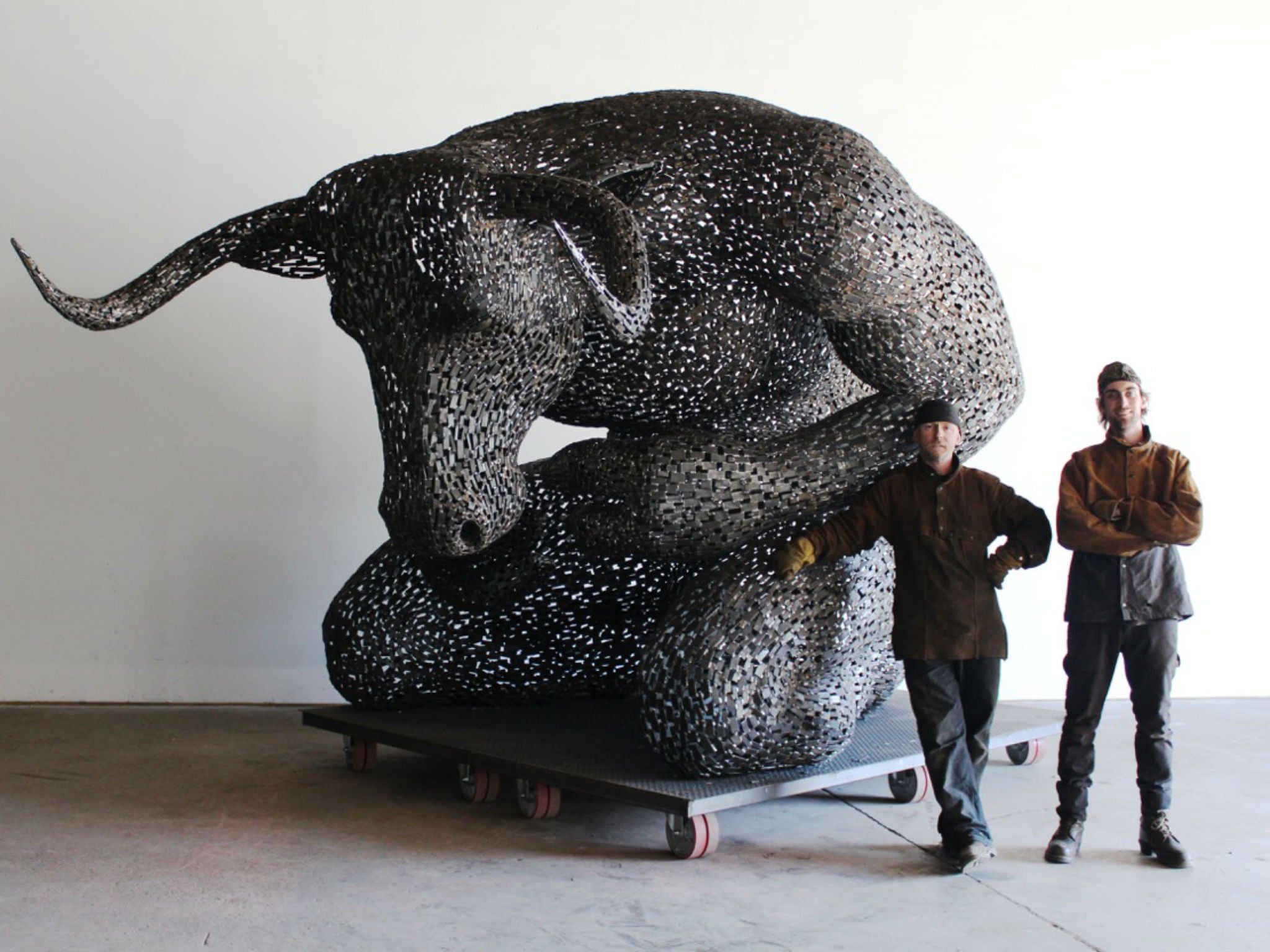
Down a chaotic lane in chaotic Govanhill, the works of two of Glasgow’s female Turner Prize-nominated artists, Lucy Skaer and Marvin Gaye Chetwynd, are being produced. But it is two men who have their studio here.
Simon Richardson and Simon Harlow are art technicians, a job that people are often surprised to learn exists. They are the invisible hands who build sculptures and installations for which someone else gets the credit, taking on (almost) all of the graft for none of the glory. They are anonymous outside of their workshop, where they make the works that make others household names.
Their work prompts the perpetual question of what makes art, art – the idea, or the execution? In a world of self-promotion, aided and abetted by social media, it also raises questions over whether pride can still be a private, rather than a public, emotion.
Harlow is a practising artist as well as a technician, who in the latter capacity has worked with Ross Sinclair, Kate Davis and Assemble – the collective of architects who won the 2015 Turner Prize – and with Lucy Skaer, whose latest show is about to open at the Edinburgh Art Festival; the pair were at Glasgow School of Art together 20 years ago.
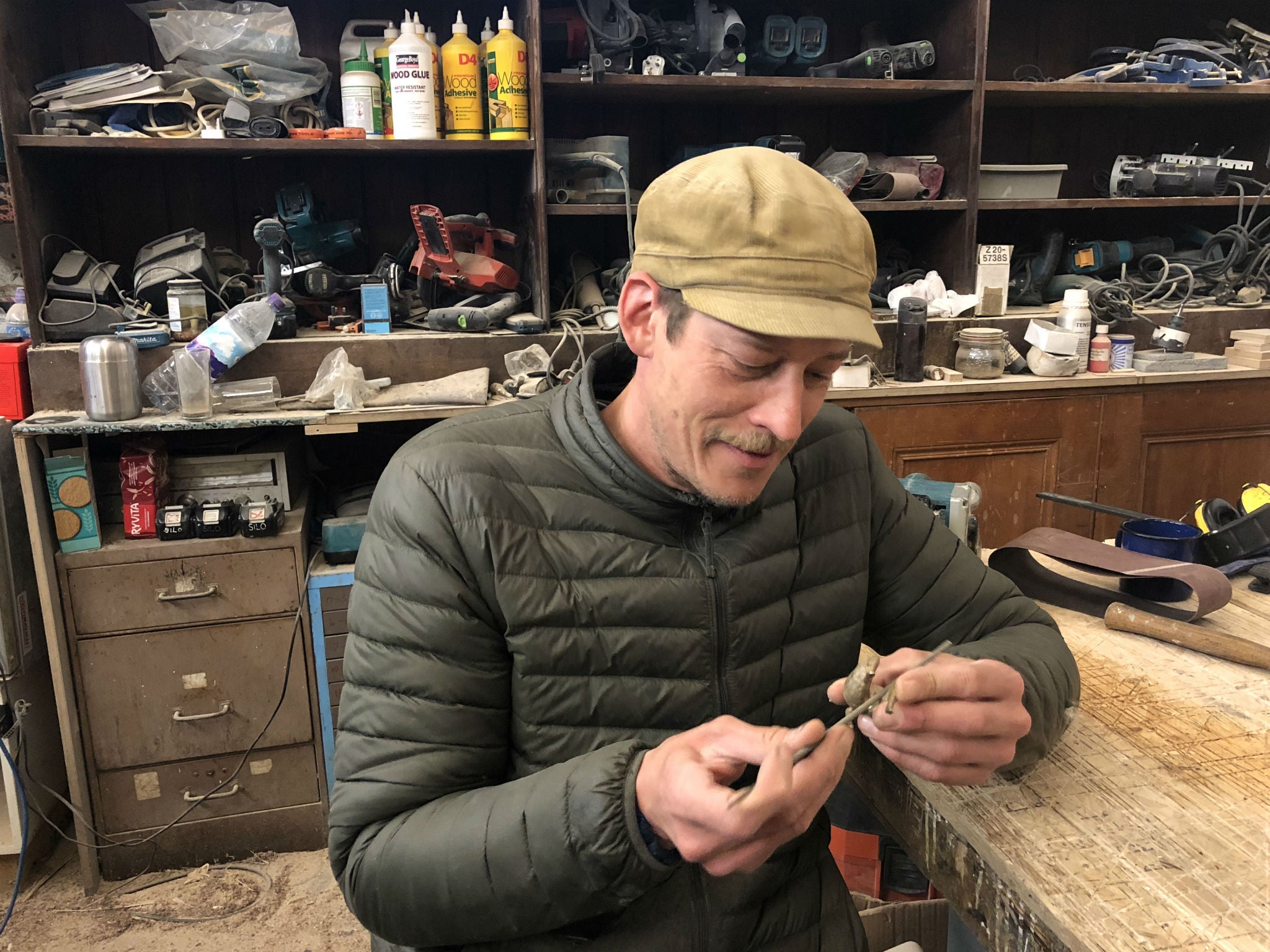
For him, the distinction between working “with” and “for” depends on the artist in question. He says: “A lot of artists are absolute about what they want and so they come to you primarily as a fabricator and they don’t need any input. Other folk come to you wanting to produce something but not sure how to do it, so they’re relying on your expertise, rather than just your time and labour.”
This expertise extends to metalwork, woodwork, working with plastics – almost anything the artist requires.
But regardless of how much of his input is required, the boundaries of that working relationship are clear: “The work belongs to them. The finished piece is still a result of their decisions, even those based on my suggestions.”
For Harlow, the ownership of the pieces he works on is all down to the idea. “Very little is actually about execution, because the execution’s primary purpose is to represent the idea. It’s the actual idea that contains the values.”
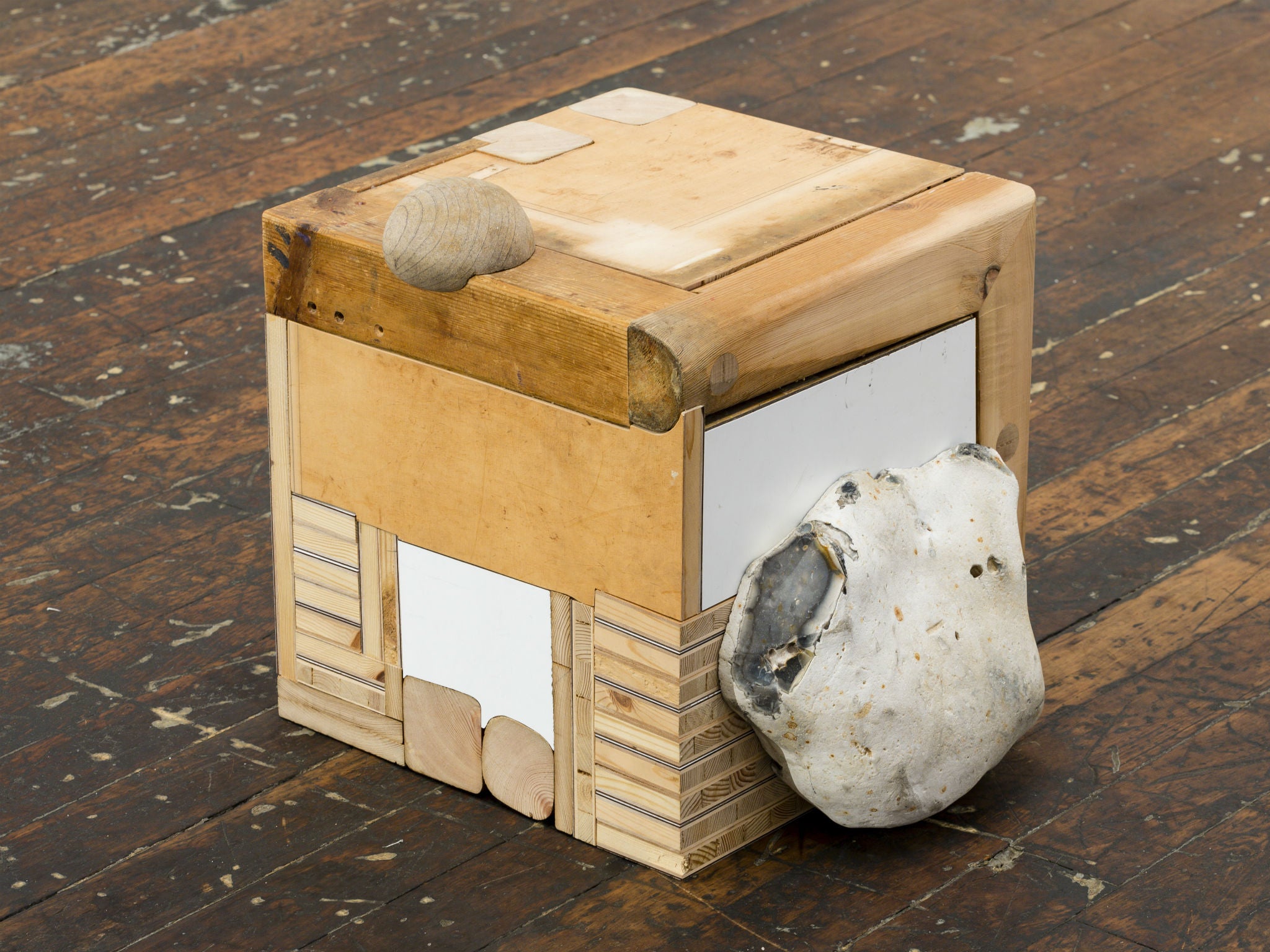
Not that ego is never an issue. “Lucy, for example, does have quite a strong ego but she manages it incredibly well. Others are less self-aware.”
He speaks of a well known London artist, who he won’t name, who “seems to milk his technicians for their ideas and doesn’t seem to credit them at all, either to their faces or publicly”.
One technician, who works as a fabricator for a company that works with “household names, Turner Prize winners, people who are in the papers”, agreed to be quoted only if he remained anonymous. His opinion? The use of technicians is “the art world’s dirty little secret”.
He also agreed that the relationship between technician and artist comes down to the issue of credit: “The more positive the relationship is, the more chance there is of them recognising the fact that they didn’t make it themselves – but that’s a rare occasion.”
The culture of secrecy is down to the commercial realities of a much romanticised industry, he says: “That’s the only way it can be in order for it to maintain its value – because art is a commodity – and I think that’s lessened by recognising that it was fabricated.”
Nor are technicians immune to commercial pressures. “Quite often with the bigger names, their gallery representatives will squeeze you for every penny. They want it as cheap as they can get, but they want it done well. This idea of the artist being in control is nonsense, because if they’re represented by a gallery they’re jumping through hoops too.”
Skaer, who has employed fabricators on almost all of her artworks, has explicitly explored the relationship between artists and technicians with the project Sticks and Stones.
“It’s a series of copies and each copy is done by people other than myself, from the sculpture that precedes it in the chain,“ she says. ”It’s a bit like Chinese whispers. All of these technicians are making their own sculptures of the thing that I’ve supplied them with. It’s an acknowledgement of the interpretation of instructions as a creative thing.”
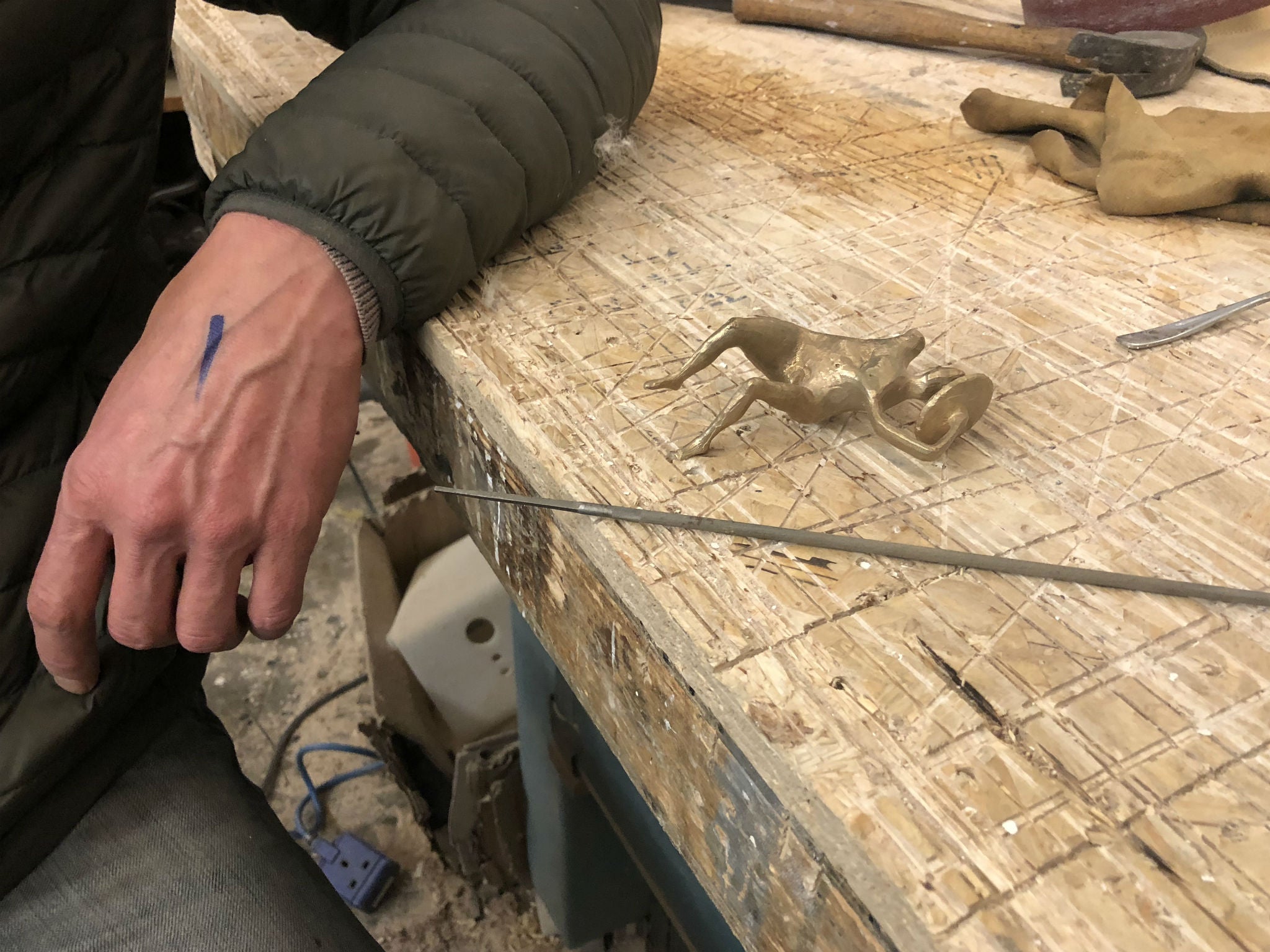
She has, however, encountered criticism of her use of technicians – interestingly, she says this is always with her drawings, rather than her sculptures.
“I used to make all my drawings myself but it’s extremely labour-intensive and now I work with a team of people to make them, and that seems to be more controversial. With two-dimensional work, I guess there’s some kind of assumption that it’s straight from the hand of the artist, so people feel that it’s kind of cheating.”
Glasgow-based sculptor Andy Scott, best known for The Kelpies – giant horse-head sculptures in Falkirk – builds almost all of his own work, but hires technicians as assistants at key stages such as welding, lifting and installation. His latest public work, Canter, a horse’s head of galvanised steel, was unveiled in May at the University of Edinburgh’s Royal (Dick) School of Veterinary Studies.
“My projects require teams of folk to bring them to reality: structural engineers, landscape architects, architects, galvanisers, project managers, truck drivers, crane operators, lighting designers, electricians – the list can go on...
“Too often the technicians are the real brains behind many projects and are completely overlooked,” he says. “I always take time to thank them for their input in projects and give credit where it’s due. It always raises an eyebrow for me when I see some artists waxing lyrical about their creations, which in reality they have barely touched.”
This is something experienced first-hand by our anonymous technician. “There have been times when we’ve made something and the artist hasn’t touched it much and then they come back with a film crew and are filmed doing the process that we’ve just been through, and that’s probably the biggest insult,” he says. “It’s not hurtful, it’s just a bit cringeworthy.”

Explaining his ability to remain detached in such scenarios, he adds: “You see things come and go all the time. With time, as your cynicism about the structure of the art world builds, you don’t give a shit about the things going out the door, you just want to get them out.“
We may be living in an era where concept is given more value than process, but he doesn’t buy it, pointing out that without that physical process, there would be no artwork to muse on. “I know that a lot of artists will point-blank deny any element of craft in their work, but what object in the room or thing on the wall or turd on the plaza would they have to talk about without some sort of process?”
For him, perhaps unsurprisingly, maintaining a sense of detachment is no bad thing: “There are works in galleries and on the streets that I walk past that I’ve made. But I don’t feel any real response when I walk by. And I think that’s probably a healthy thing. It was never really mine.”
Richardson is similarly pragmatic about his role. “I am working for the artist, not with. It’s a job. And I wouldn’t be doing it if it wasn’t for them, so they are my employer.”
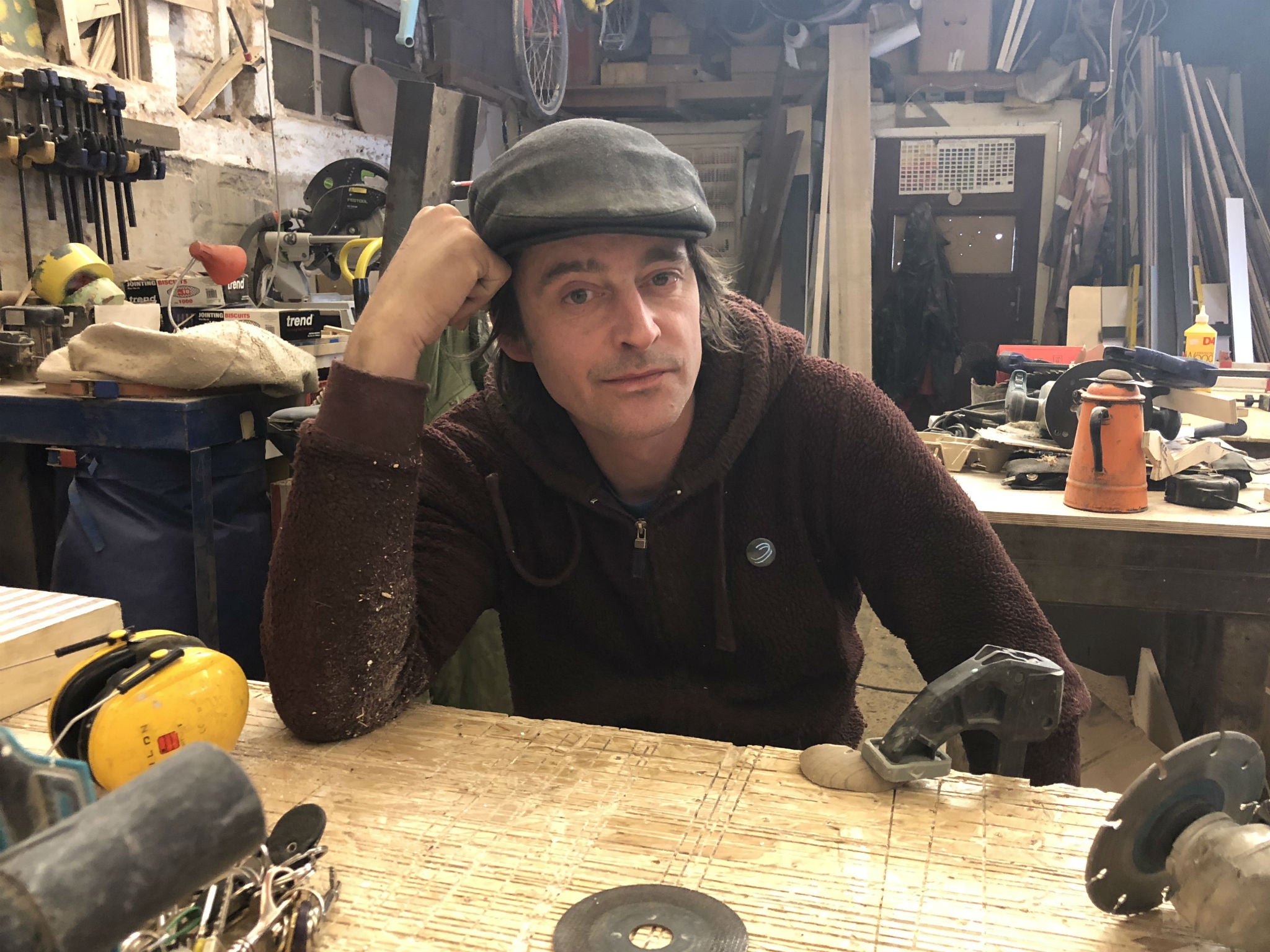
He is not a working artist in his own right; he went to art school primarily to start a band, and then worked as a filmmaker and club VJ for 10 years before becoming a postman. But when he met Harlow, he liked the sound of what he was doing, and realised he could use the skills he learned at art college to do the same. He also works as a designer and technician on commercial and domestic projects.
He says: “I think there is a sort of ‘genius’ notion of artists, that they should be doing it all. One of the guys I work with on my non-art projects comes into the workshop and says: ‘I can’t believe they’re not making that stuff, you’re making it, so you’re the artist, not them.’ I think that’s what the general population thinks.”
But Richardson hasn’t yet felt any resentment over not getting any of the credit – although he stresses the “yet”.
Indeed, he’s developed a way to safeguard against resentment at his input being used without due credit: “You have to keep your mouth shut – because artists are great borrowers. Braque wouldn’t even let Picasso into his studio.”
Richardson takes the long view on whether art is in the execution or the concept: “It’s totally in the idea. If you go back to Duchamp at the beginning of the 20th century, he made that break and we’re all living with that now.
“But this is something that has always gone on – I mean you could have been in Giotto’s school and told to do this, that and the other and then he comes in and does the fancy bit at the end and gets the credit.”
‘Lucy Skaer: The Green Man’ is at Talbot Rice Gallery 26 July – 6 October, as part of Edinburgh Art Festival (edinburghartfestival.com)
Join our commenting forum
Join thought-provoking conversations, follow other Independent readers and see their replies
Comments